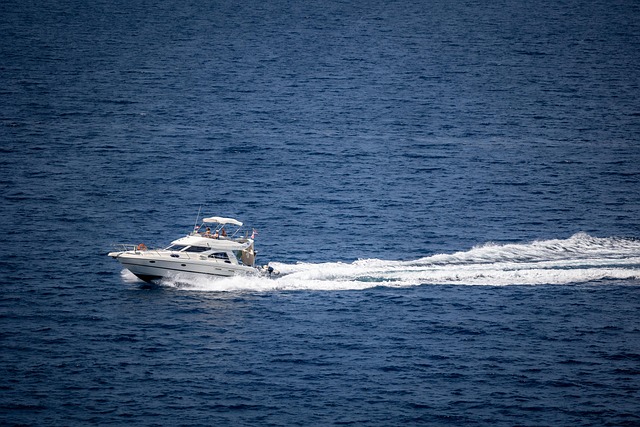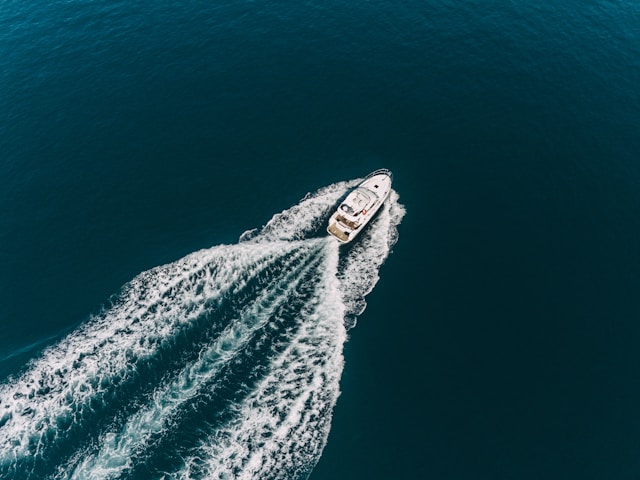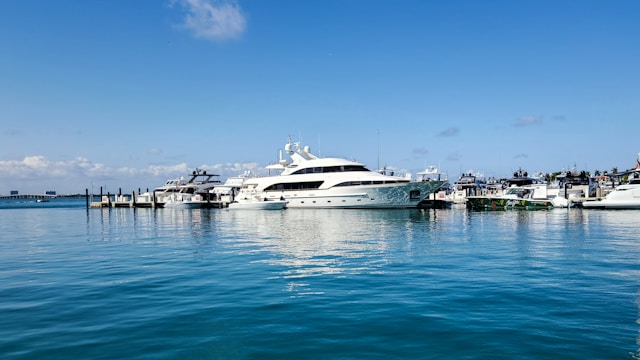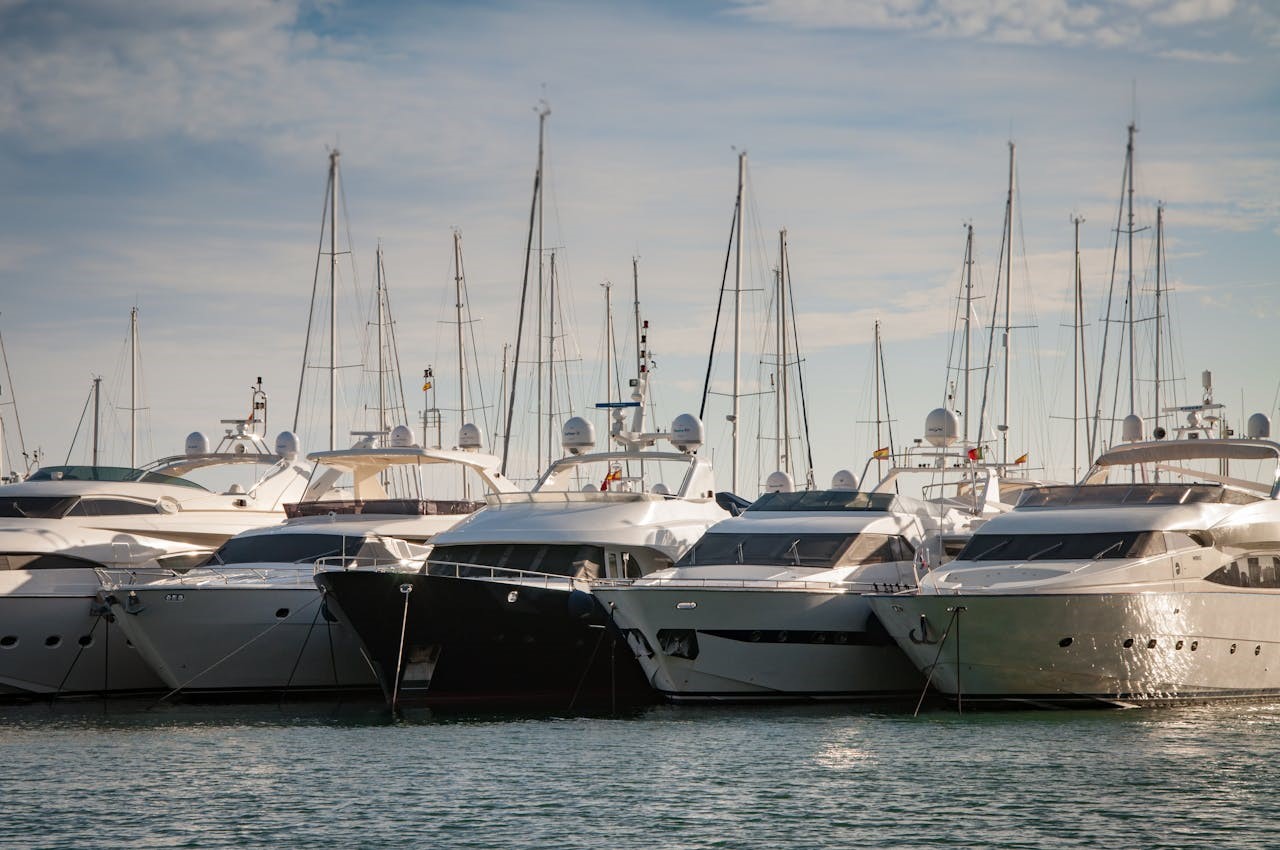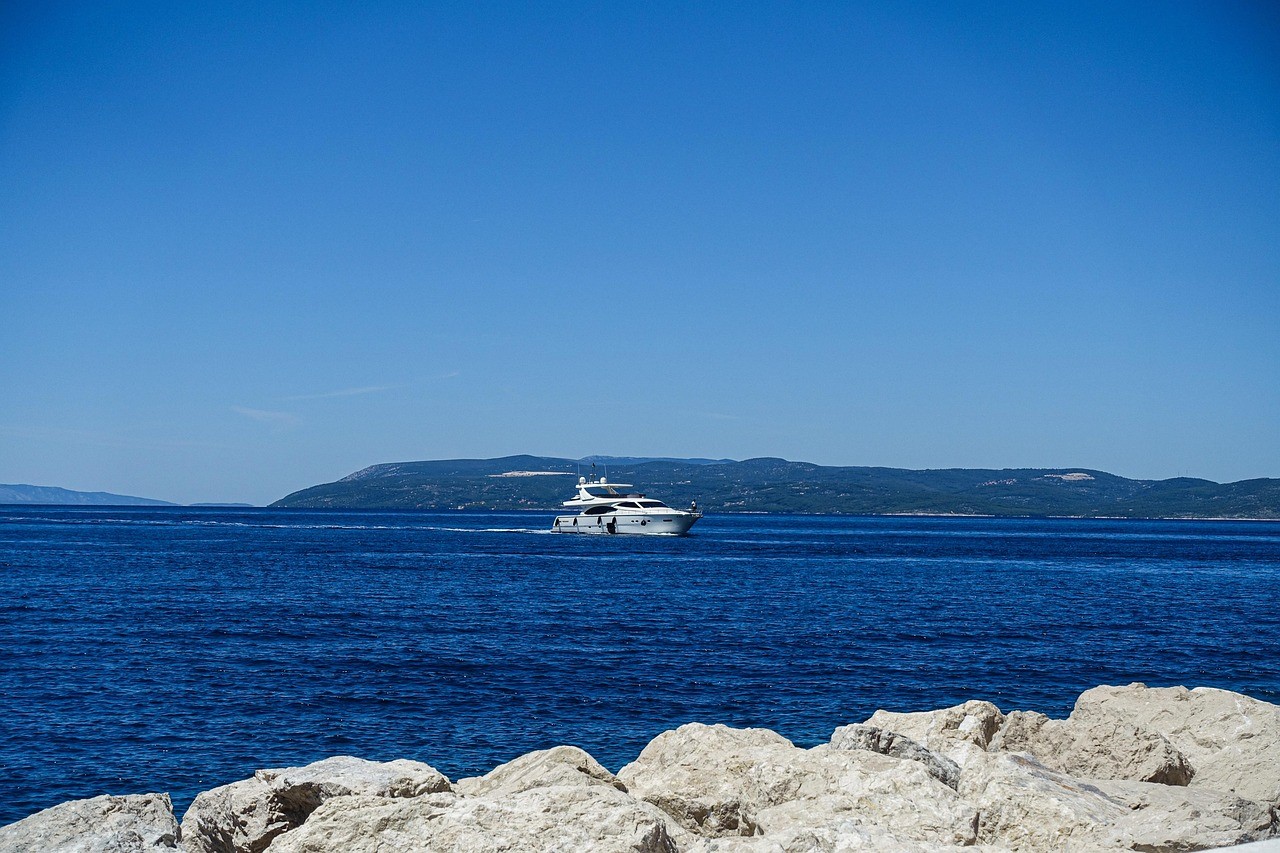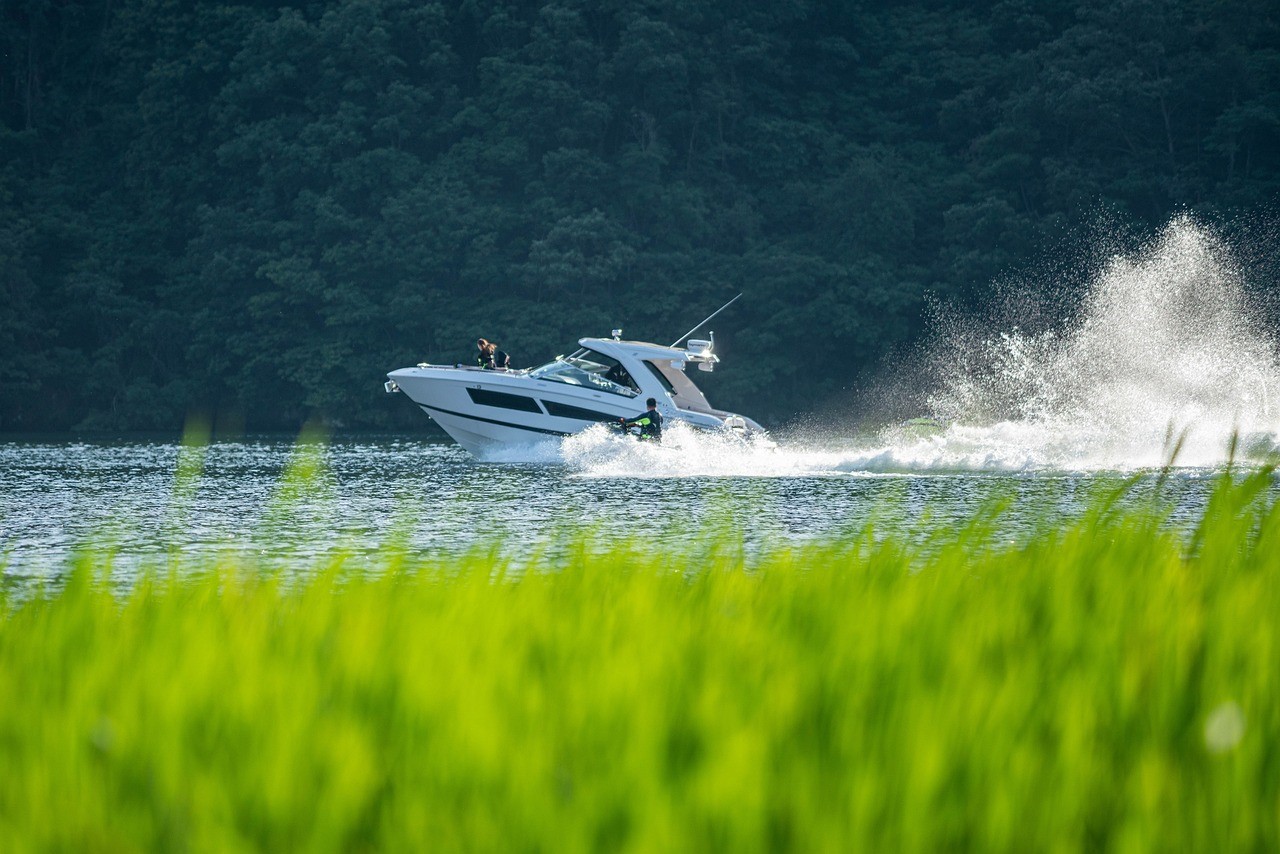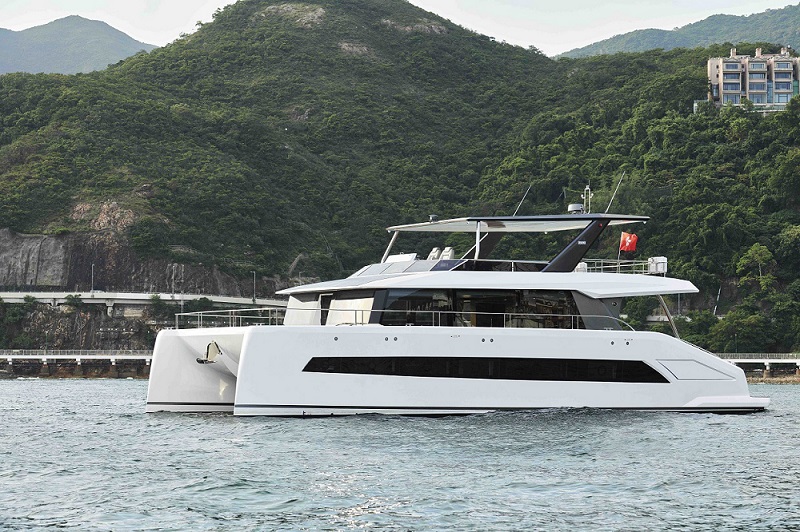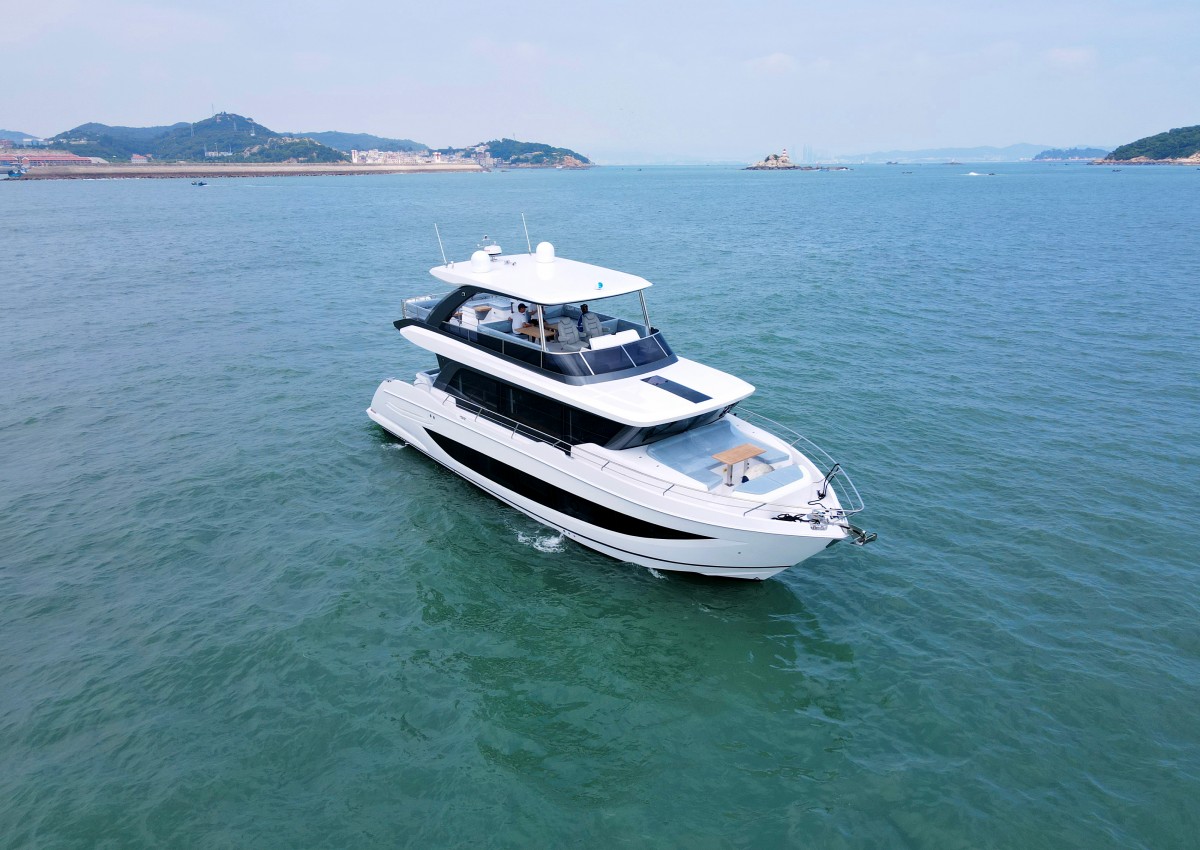In the field of boats, wooden sailboats have a unique charm, with a wide range of types, advantages such as classic beauty and durability, but also disadvantages such as cumbersome maintenance and perishability, which require careful maintenance. Buyers need to consider various aspects of a sailboat's characteristics when buying a wooden sailboat. In this guide, we'll provide a comprehensive breakdown of the types, maintenance methods, and pros and cons of wooden sailboats to help you weigh whether or not you want to choose it to start your journey on the sea.

Types of wooden sailboats
There are many different types of wooden sailboats, the main ones being sloops, dhows, yawls and schooners. Equipped with only one mast, a dhow is the most common type of sailboat as it is simple in construction, relatively easy to operate and versatile. A dhow also has only one main mast, but has a smaller mizzen sail at the stern, making it more suitable for long-distance sailing. The yawl sailboat has two masts, with the smaller mizzen sail aft of the rudder post, a layout that allows it to sail nimbly with a small crew. Longline sailboats have two or more masts, and the mizzen mast is shorter than the foremast, a feature that makes them more spacious and suitable for carrying a larger number of people or goods, and able to meet the needs of large groups travelling and freight transport.
Maintenance of wooden sailboats
Maintenance is essential after purchasing a wooden sailboat and it is important to keep the boat in good condition. Maintaining a wooden sailboat requires careful attention to a number of aspects, the most important being to protect the wood from water damage, which can be done by properly sealing and painting the wood every few years, depending on the weather conditions individual boat usage frequency. At the same time, regular inspection and tightening of hardware such as deck fittings and cleats is critical to keeping the boat in good condition.
When maintaining a sailboat, the interior of the boat should not be neglected. The interior needs to be kept dry and well-ventilated to prevent roots and mounds from appearing on the wood, which can be achieved by installing vents and opening hatches and portholes when the boat is idle. In addition to keeping the boat dry, it is also important to keep the hull clean by using a hull cleaner and regularly scraping and standing at the bottom of the boat to ensure that the hull is free of barnacles and other marine organisms.
It is also important to maintain the sails, which should be checked regularly for any signs of tearing or wear and tear, and if any problems are found, they must be replaced in a timely manner to ensure that the sails are in good condition.
Advantages of wooden sailboats
There are many advantages for buyers to purchasing a wooden sailboat. Wooden sailboats have a classic beauty that cannot be matched by modern boat building materials, a timeless charm and traditional texture that seems to carry the story of the years and has an enduring appeal. Moreover, most wooden sailboats are still handcrafted, a process that gives each boat a unique character and makes it stand out from the rest.
In terms of durability, wooden sailboats are known for their outstanding durability, and with proper daily care, they can last for many years. Moreover, wooden sailboats are highly repairable, and owners with the knowledge of repairs and the right tools can easily do minor repairs like dealing with leaks themselves.
In terms of resale value, wooden sailboats retain their value well in the second-hand market and usually fetch a satisfactory price when resold, providing some financial security for the owner.
Disadvantages of Wooden Sailboats
While there are many advantages to buying a wooden sailboat, there are also some disadvantages that should not be overlooked. The maintenance process for wooden sailboats is tedious and requires regular maintenance work such as painting and sealing the wood to prevent water damage. This maintenance process is not only time-consuming, but can also be accompanied by high costs, making wooden sailboats generally more expensive to purchase and subsequently maintained than boats built with modern materials.
Wooden sailboats tend to be heavier than boats made of other materials, which undoubtedly has an impact on sailing performance, with speed and maneuvering agility potentially being significantly reduced. Moreover, wooden sailboats are sensitive to environmental conditions. If they are not properly maintained and the hulls are not kept dry, the wood will easily rot, which will significantly shorten the service life of the boats. In addition, some of the timber used for boat building may also have a negative impact on the environment during the acquisition and use process, which is not conducive to sustainable development.







 Leave the comment
Leave the comment
